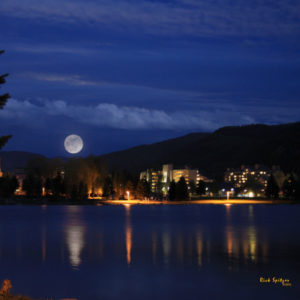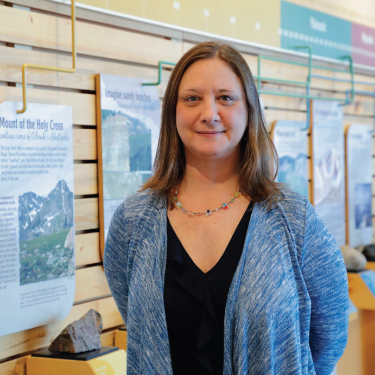 Once in a blue moon, it’s important to try something new. And if you’ve never gone for a walk in the woods during the full moon, you must try it. There’s something so serene and peaceful about the woods at night, when the moonlight makes shadows unlike anything you might see during the day.
Once in a blue moon, it’s important to try something new. And if you’ve never gone for a walk in the woods during the full moon, you must try it. There’s something so serene and peaceful about the woods at night, when the moonlight makes shadows unlike anything you might see during the day.
This is actually an interesting year, moon-wise, because there are two months with two full moons, January and March. This means that there was no full moon in February, as the last full moon fell on January 31. Since February only has 28 days, the next full moon just missed it, falling on March 1. March will also have two full moons, with the second one falling on March 31. This doesn’t happen very often, only about four times a century, and the last time there were two Blue Moons in one year and no moon in the month of February was in 1999, and it won’t happen again until 2037. Remember 1999? It was a good year.
You may be familiar with the term Blue Moon, which describes the second full moon that occurs within a month, but did you know that there are different names for the full moons throughout the year? Most of these names derive from Native American tribes from the northeastern part of our country. The full moon in March is often called the Worm Moon, as it occurs during the time when the snows melt and earthworms begin to stir up the soil. It is also called the Sap Moon by some tribes, to describe the time when the maple sap begins to flow. April’s full moon is called the Pink Moon, but don’t expect it to be pink. It is named for the pink phlox flowers that dot the eastern United States in early spring.
But let’s get back to the moonlight, that shimmery, unearthly light that bathes the forest at night. And when the ground is covered with a soft, white blanket, the moonlight bounces around, lighting up the night and opening the door to a whole new world. You won’t need a headlamp, but bring one just in case you run into a problem. And of course, bring a friend. There are a few predators around at night that you are unlikely to see during the day. It’s pretty unlikely that you will run into anything too fierce, because even predators are more afraid of you than you are of them. But an ounce of caution is worth a pound of cure, so just be aware and follow safety guidelines.
The moon, ethereal and unearthly as it is, has the potential to help us feel that innate connection to the natural world. The moon appears to change nightly, waning from full to crescent and disappearing as a new moon, then waxing, slowly growing bigger. As it changes, it tugs on our watery planet and our watery bodies, connecting us beyond the realm of planet Earth to the greater cosmos. The rhythm of the moon, always changing, but ever consistent, is as much a part of the rhythms of our planet as the rotation of the Earth or the change of seasons.
So right now, the moon has about a week until it’s full, and that gives you time to plan that late night venture. Get a sitter for the kids, get your homework done, whatever it takes; bundle up because it’s a little chillier out at night, and get ready to see the woods from a whole new, beautiful perspective.
Jaymee Squires is the Director of Graduate Programs at Walking Mountains Science Center and she would like to send a huge thank you to the “Avon Residents” who are enjoying our column – thank you to all of you too!









